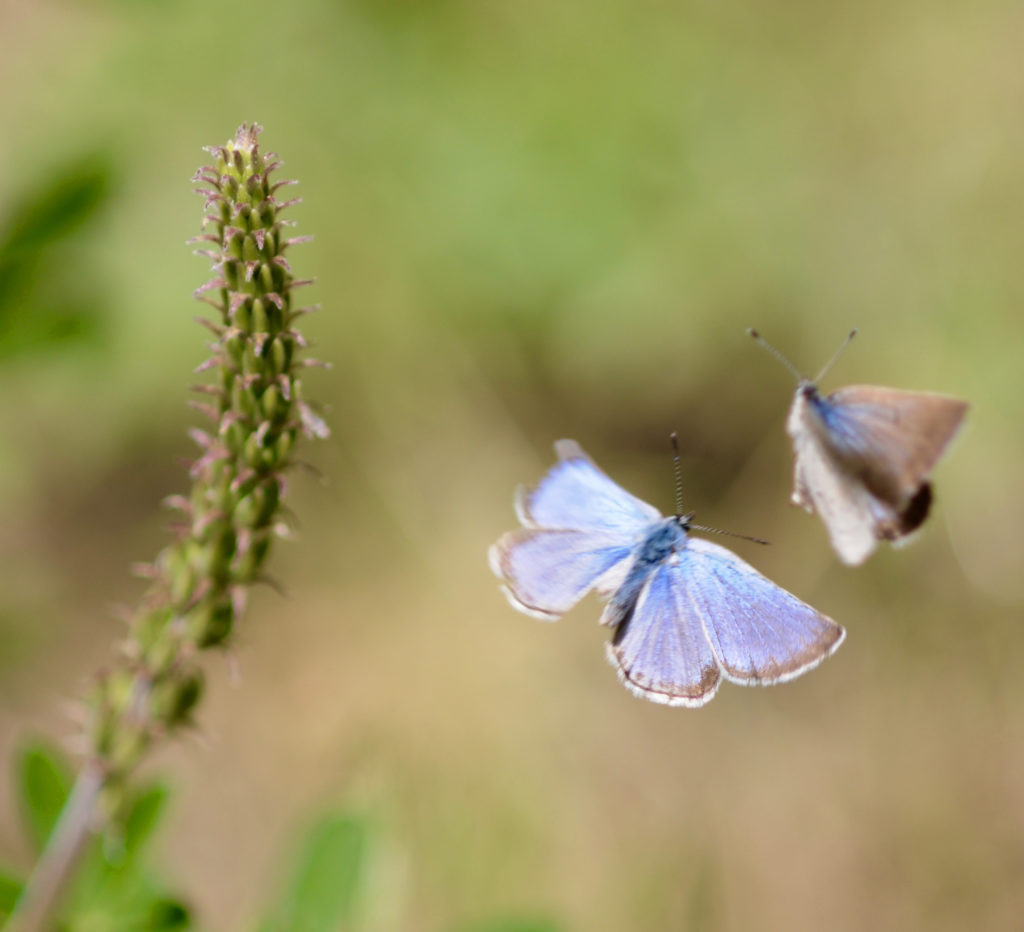BUTTERFLY METAMORPHOSIS
A minute spec of life is set upon a leaf, out crawls a miracle a butterfly to be
~K. D’Angelo
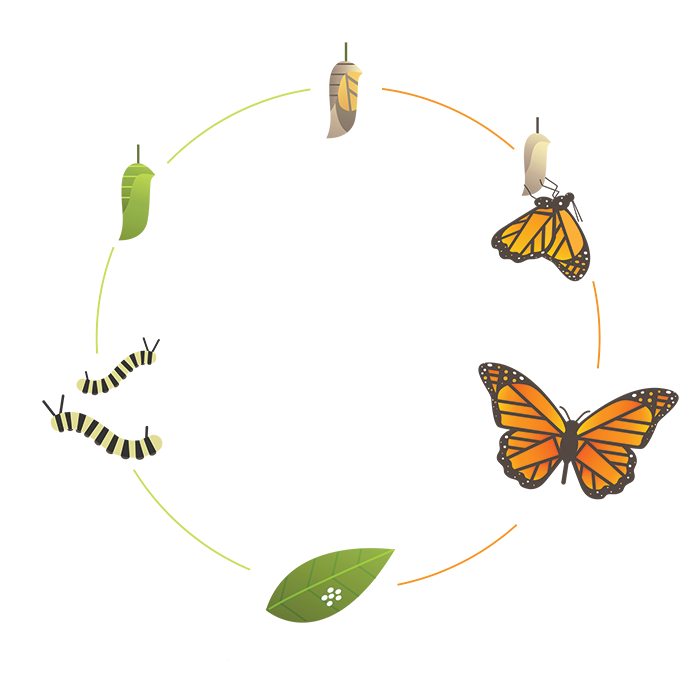
The Life Cycle of a Butterfly
Did you know that there is no such thing as a baby butterfly. Butterflies do not start out as babies, they hatch from eggs as caterpillars. From there, they take an incredible journey to become an adult butterfly. Check out all the phases of the complete metamorphosis of butterflies.
Egg
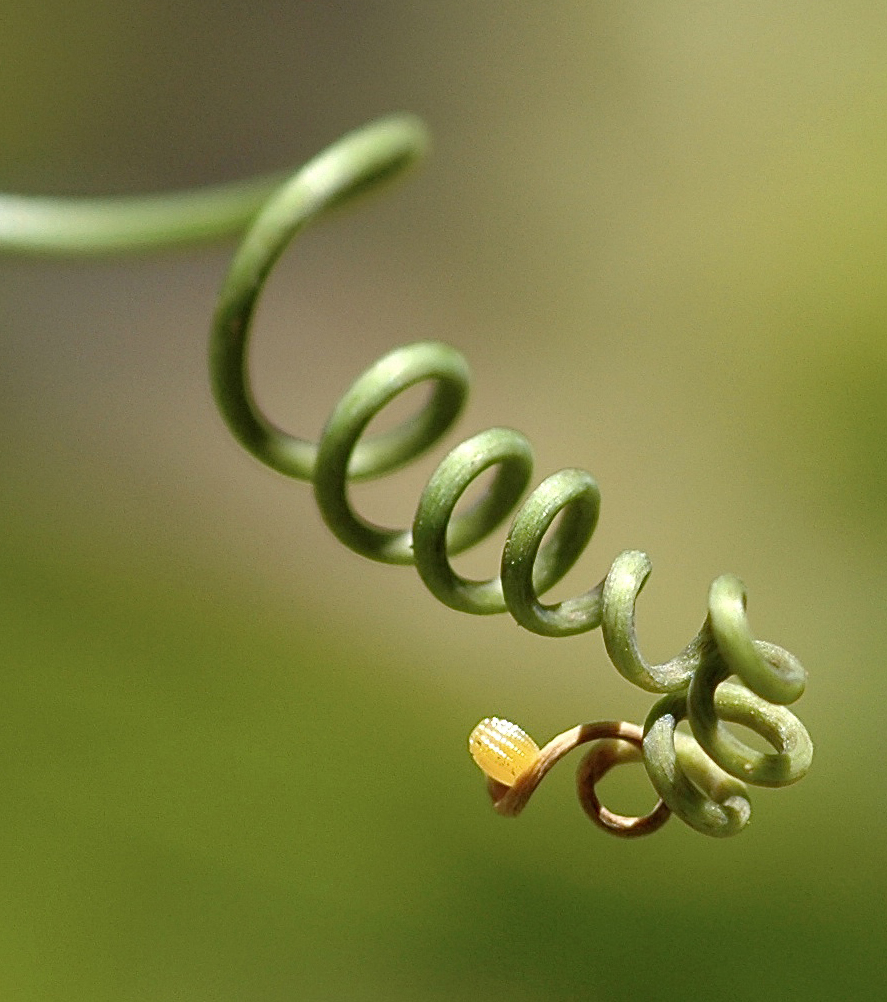
What can we possibly say about these minute specs of life? Believe it or not there is actually quite a bit to say and it all starts with the eggs mother or the female butterfly. Mom takes her eggs very seriously. In fact “egg laying” is really the main objective of her short and sweet life.
She is so serious about this because over the course of millions years, evolution has taught her that if she does not choose just the right spot for her egg it probably won’t survive. In fact, the chances of an egg surviving, even if the female has picked the perfect spot, are very poor.
In the natural world, one not stifled by habitat destruction, only 1-2 out of every 100 eggs laid will live long enough to become a butterfly. Why, you ask. Who, you might be wondering, would want to harm these defenseless dots?
To predators, such as wasps, flies, beetles and ants, the egg is a tempting little packet of nutrients just waiting to be eaten. Parasitic wasps find these tiny tots especially irresistible as they provide the perfect place to burrow their eggs.
The very large winged Owl Butterfly knows first hand what a danger these wasps can be. The wasps are known to ride upon her hind wings, there they wait until she begins laying eggs, then they parachutte off to invade her newly laid treats.
In addition to various predators lurking about, the eggs may also fall victim to a vast array of viruses, bacteria and fungi. Even Mother Nature can turn on these small specs when she delivers excessive rain, wind or sun, all of which can easily devastate something so vulnerable.
A typical egg develops in 3-10 days, an eternity for an immobile pinhead. About the only natural defenses butterfly eggs have are color and camouflage. A green egg on a green leaf is invisible, a brown egg becomes a spec of dirt, bright red or yellow displayed says “Go away! I don’t taste good!”
Stay hidden, stay still and maybe you will survive!
The female butterfly works very hard to ensure the survival of her species. Have you ever witnessed a female butterfly flirting with a bush or a tree? You may have seen her playing the field as she moves from branch to branch touching or drumming the leaves with her forelegs. She is testing the plant with sensory hairs on her foot to see if it is a worthy host.

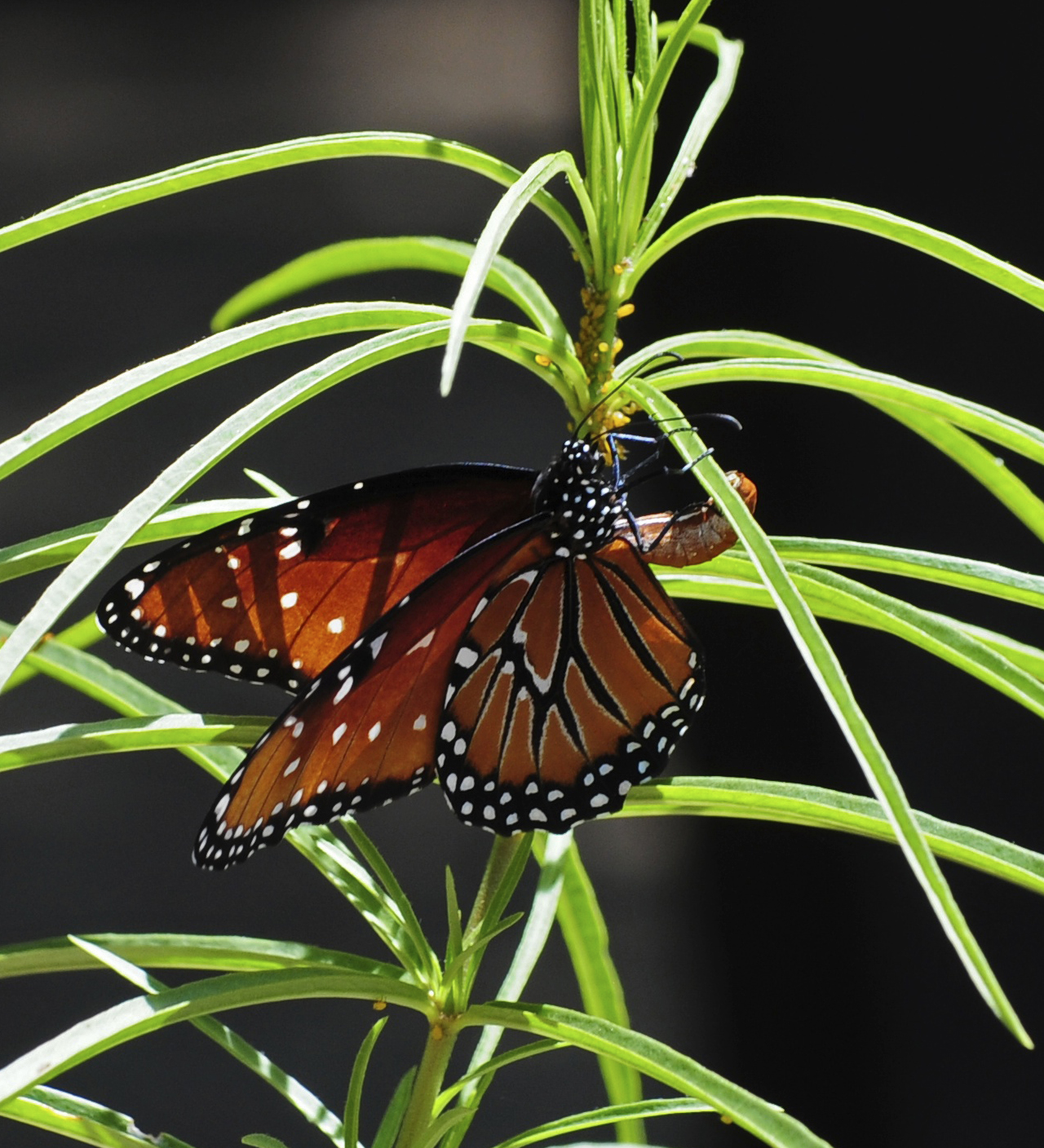
Even when a prospective plant feels, tastes and smells just like the right species, it may be rejected by the female for a variety of reasons. It may be too exposed to the elements. It may be too wet? Fungus could grow here! It may be too hot? The eggs might dry up?
Evidence of competition may also be present. Chewed leaves mean less food available. Chemical signals left by other female butterflies warn “Don’t even think of laying here, other eggs are present.” Even the prospective plant may be out to trick the female butterfly by displaying “false eggs” which advertise “no vacancy” here!
What’s a mother to do? On average a female butterfly may visit up to 10 prospective host plants before picking the perfect one. Even after she has made her choice, she may spend up to 9 hours surveying and selecting precise leaves on which to deposit her eggs.
A concerned mother plans for her children’s future! She lays her eggs diligently. Depending on the species she may lay them singularly or in a group. She may lay them on the underside of a leaf or in a crevasse. Most always she lays them on the most tender leaves. She may use the “simple eye” on her abdomen to lay on the tip of a twisted tendril.
A female butterfly is not a realtor, but she might as well be. Location is everything to her! Location, location, an investment in her species future…
Caterpillar
With all major body parts intact from the onset, this miniature muncher is ready and able to do what it does best. Eat! With a hardened head full of mandibles or primitive teeth, 6 simple eyes, usually located by the mouth (where they are most needed) and 8 pairs of legs (3 pairs of true legs & 5 pairs of false or velcro type prolegs), a caterpillar is equipped with all it needs to be the “Voracious Eating Machine” that Mother Nature intended.
It is thought that caterpillars consume more vegetation than all other insects combined. In fact, a typical caterpillar gains over 3,000 times its body weight. In human terms this would be like a 10 lb. baby becoming a 3,000 lb. adult.
No doubt Mother Nature designed caterpillars to be efficient eaters, she did not, however, design them to be efficient warriors. A newly emerged caterpillar faces all the same dangers it did as an egg and more.

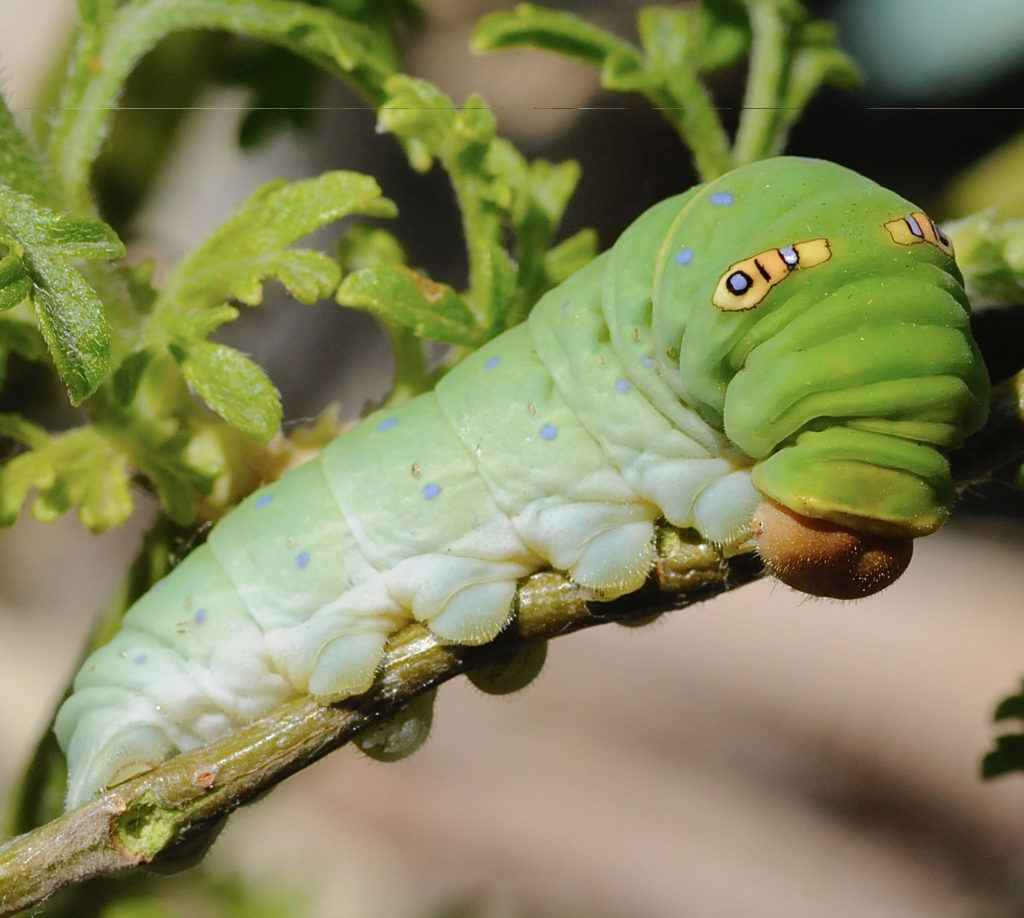
The larger and more mobile a caterpillar becomes, the more visible and tempting it is to potential predators. Newly interested parties including birds, lizards and spiders are among the large list of dangers a caterpillar can face. Such luxuries as claws, beaks and venom are not at a caterpillar’s disposal. Nor can a caterpillar scamper, hop or fly away quickly from a perilous situation. Fortunately, however, over time these amazing creatures have adopted and learned to survive despite the incredible challenges they face each day.
Warriors? No, caterpillars are not warriors! I would like to think of some of them as munching magicians, sly masters of metamorphosis and illusion. Camouflage and body language are just some of the behaviors caterpillars use to create their defensive magic.
Some caterpillars choose to look like a vein in a leaf, while others go for the bird-dropping look. Better yet, why not fool your audience entirely by making them think you are a green snake with large daunting eyes, and then pop out orange glands, which emits a fool odor. Whatever your method, hopefully your show will be a success and the threatening predator will depart.
Other caterpillars, up to 20% of them, have opted for a “networking” solution. Caterpillar seeks ant for protectionIn many cases, caterpillars are protected by ants. This is a unique relationship where, in exchange for a sugary secretion, which the caterpillar produces, the ants provide protection from predators and in some situations they also offer shelter for eggs and chrysalises. Will provide “Sweet Treat” to all who qualify!
When all else fails and networking or camouflage just doesn’t cut it, most caterpillars resort to a variety of behaviors, which may or may not be effective against their foe. A few more tricks caterpillars pull out of their hats are to feed at night or on the underside of a leaf, clip off the leaf you have munched on and tidy up your grass or droppings, maybe no one will notice your around. In extreme cases, depending on your individual talent, you could also hunch, rear, wag back and forth, lung out, or vomit a toxic green liquid, maybe the predator will leave?
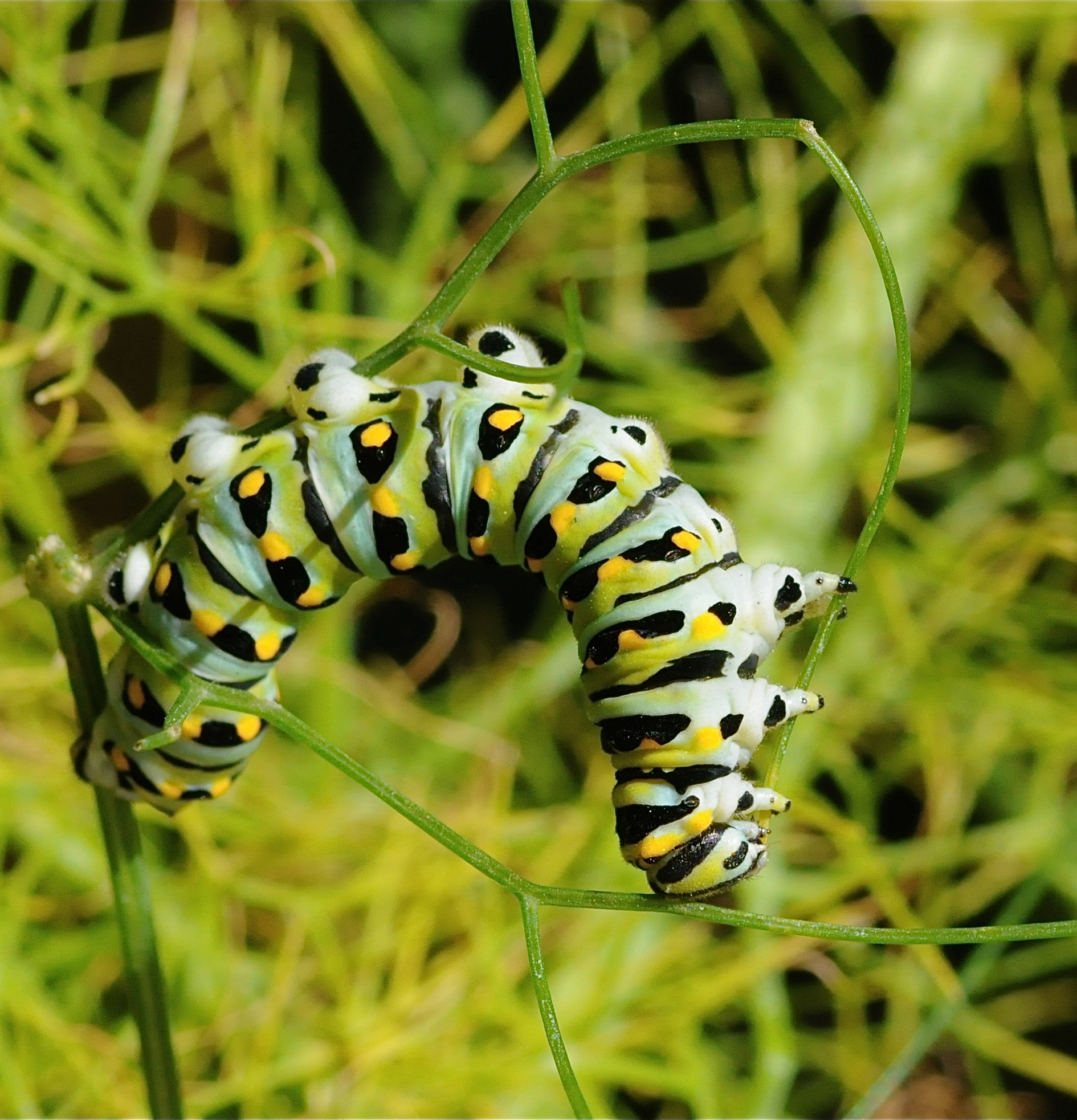
Chrysalis

A very small percentage of species pupates under soil or leaf litter in a crude cocoon. Most butterfly caterpillars, however, become rock climbers. They spin a silken line and “girdle” or harness themselves to a stick or other chosen spot.
Once securely in place, they perform their magic once again. This is the finale, the highlight of the caterpillars show. The audience will be amazed as they watch, the total transformation of caterpillar to chrysalis. No longer does the “Voracious Eating Machine” exist, now there is only…





On average a butterfly will pupate in its chrysalis for 4-14 days. In extreme cases, however, depending on the weather conditions, some species have been known to hide out for 6-7 years. This is a very long time to keep a secret! Hopefully, your true identity will not be revealed to any passersby, ones who might see you for what you really are.
If a predator where to look closely at you, they might see the outlines of your wings, antennae or abdomen. They might even see that you are an immobile butterfly in the making. You’re a neatly packaged food source, nutrient rich and easily accessible. They might attack! If a chrysalis’s secret identity is revealed or found out and a predator attacks, the situation is usually a grim one.
Defenses are few for a strung up statue.
Depending on your species you may respond to an invader by jerking your body, creating clicking, hissing or squeaking sounds. If you are really lucky you may be able to call on your old friend the ant to assist you, but be ready to reward said savior with a sugary snack!
Past usage of illusion, camouflage and manipulations abound, have worked for a few fortunate chrysalises. They have survived longer than most of their kind and within their seemingly lifeless structures, miracles are occurring. Soon these patient pupas will be released to experience a whole new world…

Adult Butterfly
Breaths of air are taken in and a chrysalis cracks open. Out steps a newly emerged butterfly. Its wings are wet and crumpled, but soon they will begin to be pumped out and then dried. The butterfly will be free to fly off into a different dimension.
This new world contains many of the same dangers that the old one did, perhaps even more, but the butterfly is now armed with a new and improved body. It has…
-
Six legs and a set of wings, which can fly.
-
Compound eyes, which can see in every color and in every direction.
-
An antennae, which can smell extremely efficiently.
-
Feet which taste and a built in straw or proboscis (pro-boss-kiss) which can be used to drink up sweet nectar.
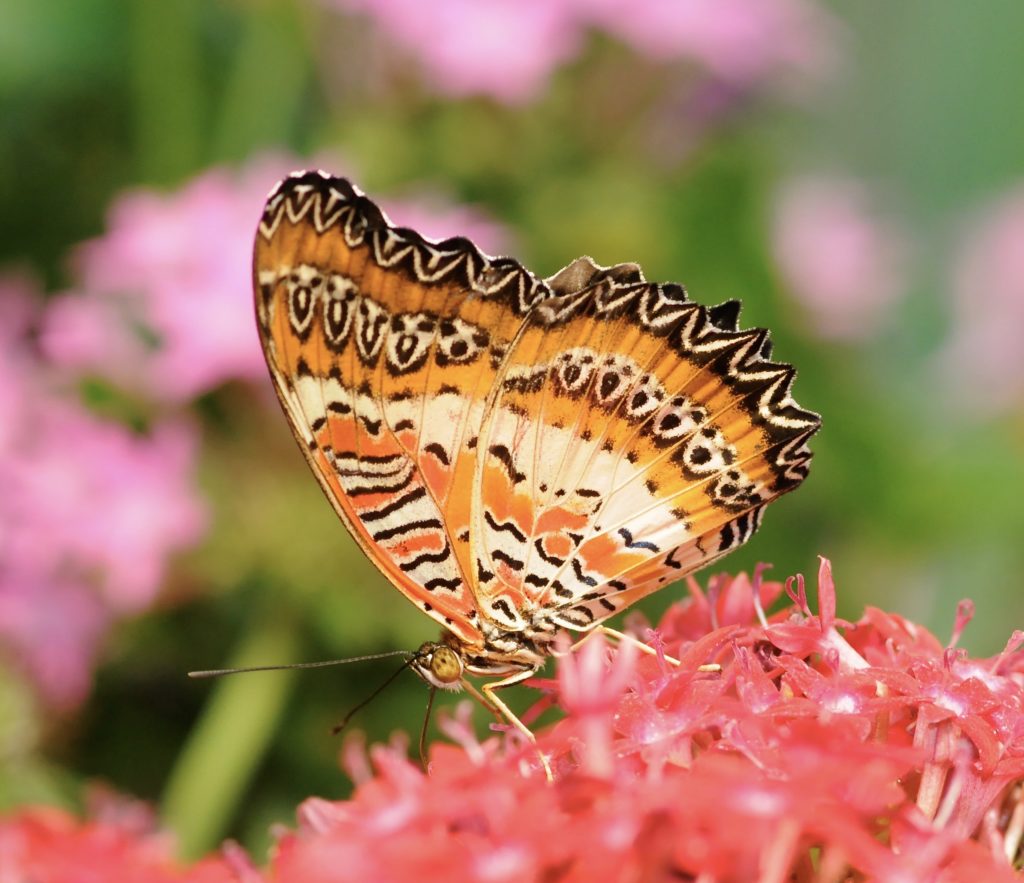
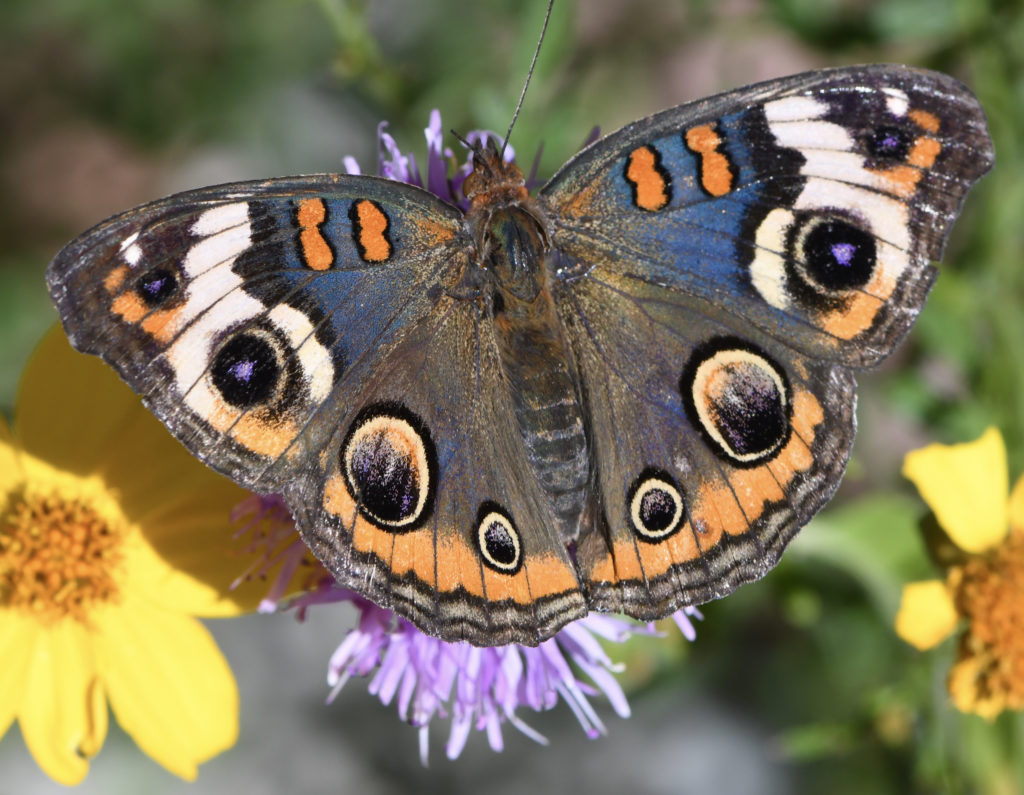
On their wings butterflies also flaunt a lovely mosaic of scales. These scales are most important for many reasons. They absorb heat which helps to enable the butterflies to fly. They may also help a butterfly escape a sticky situation, such as a spider web, as they flake off quickly and make for an easy escape. But most importantly, they help the butterfly to converse or “Wing Talk”. Communicating with friends and foe alike is something a butterfly must do often.
Although contacting and flirting with a mate is of the utmost importance to a butterfly, staying alive takes priority. With the use of their “talking wings”, butterflies send out clever messages, which are most effective in keeping predators at bay.
Think of a stop sign or a caution sign. Bold and brightly colored, they get our attention by displaying hues such as orange, yellow, black, red and white. They remind us to “use caution” or warn us to “keep out” of an unsafe area.
Some butterflies also wear vibrantly colored “wings of warning”. Boldly they caution predators to stay away. In “wing talk” they say to the approaching dragonfly, “It would be hazardous to your health to come near me!”
While certain species use brilliantly colored wings to defend themselves, others would rather play it safe with good old fashion camouflage or disguise. Mother Nature has been quite creative when it comes to using butterflies scales for these purposes. Some of the designs that have formed over time are down right amazing. These “Talking Wings” say such things as I am not a butterfly…

I am a green leaf

I am a dry leaf

I am invisible,
I am not even here

I am a sunset,
I am light

I am a starry night sky..
I am anything but a butterfly!
To take this notion of disguise a step further, Mother Nature, has created some species which exhibit “false heads” complete with eye spots. Cleverly, these false heads are located on hind wings, far from the butterfly’s real head.
If a predator does decide to attack, it will usually follow its natural instinct to go for the head. In a case like this, a leaping lizard may find himself disappointed, when, after an attempted attack, all he ends up with is a bit of butterfly wing stuck in his mouth. I am not a butterfly…

I am a large owl

I am a cat’s face

I am a threatening hawk

I am a pair of birds

I am a leopard

I am not a butterfly… I am something to be feared!
These lucky butterflies, confuse predators with their two toned wings, and depending on the situation, they can either choose to camouflage themselves or display brightly colored warnings. Whatever the situation, their “talking wings” are effective in helping these butterflies to stay safe from predators.
I am not a butterfly! I am something else, something you’re afraid of. Don’t come near me!
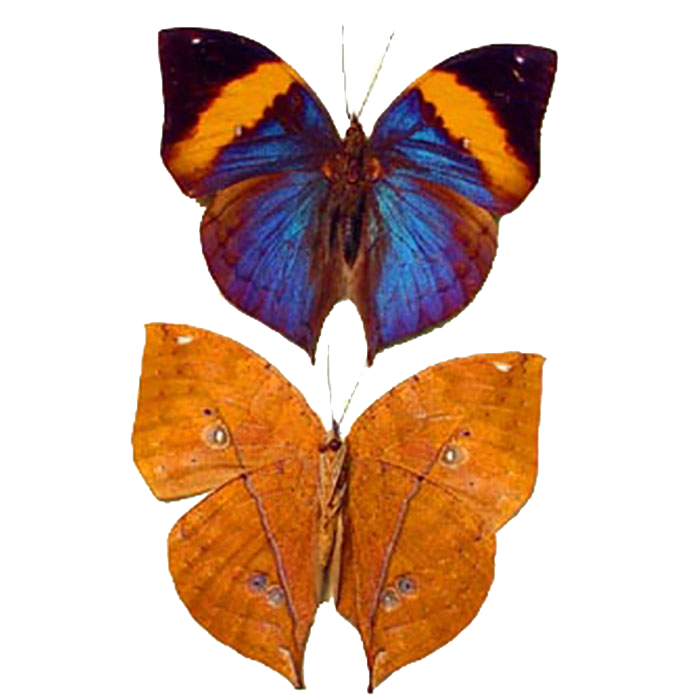
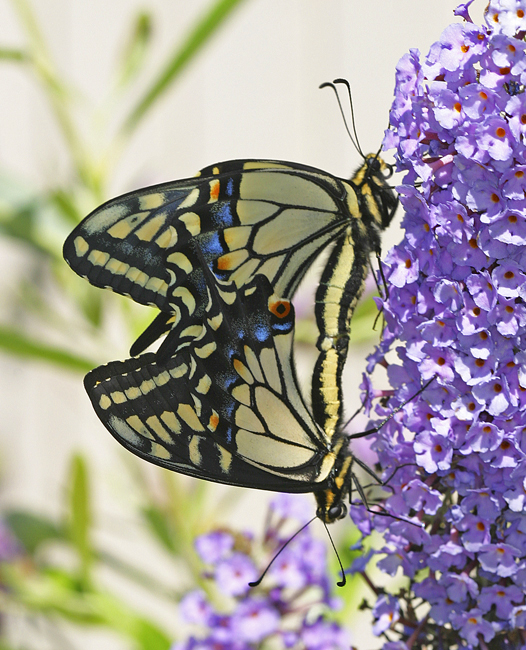
For males the “name of the game” is to win over a female. There are several things a male must do to achieve this. Before a male even begins to seek out a mate he must collect and store a variety of nutrients. These he will offer as a “nuptial gift” to a prospective female.
When the male is ready to actually court a female, he must find one. Some males do this by setting up a territory, which they guard to keep other males out. Then they wait for a female to come by. Other males go out and actively search out their mates. Often times they can be seen “hill topping” or “basking in the sun” as they show off their colors, hoping to attract a female.
If a male successfully finds a female he must then court her. In an Ariel dance, he will try to sprinkle some “love dust” or pheromones onto her antennae to make her fall in love with him. Even if the male can successfully share his aphrodisiac, the female may still reject him. She may do this for a variety of reasons.
First and foremost, she may already be carrying fertilized eggs. Sorry Charlie. That the way the chips fall! Secondly, she may turn him away because his “nuptial gift” is not up to snuff and I do literally mean up to snuff!
Sorry, guy. Better luck next time!
If and when male and female butterflies mate, they can be together for up to 9 hours. Isn’t love grand! Afterwards, the female and her fertilized eggs will be on their way. Having received the males “nuptial gift” she will have plenty of energy to properly fertilize and lay her eggs.
This quest will consume her, and it is unlikely that any other males will bother her, as her previous mate may have left her with either a blockage rendering her unable to mate again and or a chemical signaling that she is not desirable anymore.
Sorry honey, that’s the breaks, in ” The Butterfly Game of Love!”
After successfully mating with a female, the male butterfly will go back to collecting nutrients for his next affair. This propagation of species is the business, the game, of the male butterfly. “To love and be loved!”
